Fundamentals Of Corporate Finance 10th Standard Edition By Ross – Test Bank
Multiple Choice Questions
1. Forecasting risk is defined as the possibility that:
A. some proposed projects will be rejected.
B. some proposed projects will be temporarily delayed.
C. incorrect decisions will be made due to erroneous cash flow projections.
D. some projects will be mutually exclusive.
E. tax rates could change over the life of a project.
Refer to section 11.1
AACSB: Analytic
Blooms: Remember
Difficulty: 1 Easy
Learning Objective: 11-01 How to perform and interpret a sensitivity analysis for a proposed investment.
Section: 11.1
Topic: Forecasting risk
2. Scenario analysis is defined as the:
A. determination of the initial cash outlay required to implement a project.
B. determination of changes in NPV estimates when what-if questions are posed.
C. isolation of the effect that a single variable has on the NPV of a project.
D. separation of a project’s sunk costs from its opportunity costs.
E. analysis of the effects that a project’s terminal cash flows has on the project’s NPV.
Refer to section 11.2
AACSB: Analytic
Blooms: Remember
Difficulty: 1 Easy
Learning Objective: 11-02 How to perform and interpret a scenario analysis for a proposed investment.
Section: 11.2
Topic: Scenario analysis
3. An analysis of the change in a project’s NPV when a single variable is changed is called _____ analysis.
A. forecasting
B. scenario
C. sensitivity
D. simulation
E. break-even
Refer to section 11.2
AACSB: Analytic
Blooms: Remember
Difficulty: 1 Easy
Learning Objective: 11-01 How to perform and interpret a sensitivity analysis for a proposed investment.
Section: 11.2
Topic: Sensitivity analysis
4. An analysis which combines scenario analysis with sensitivity analysis is called _____ analysis.
A. forecasting
B. combined
C. complex
D. simulation
E. break-even
Refer to section 11.2
AACSB: Analytic
Blooms: Remember
Difficulty: 1 Easy
Learning Objective: 11-02 How to perform and interpret a scenario analysis for a proposed investment.
Section: 11.2
Topic: Simulation analysis
5. Variable costs can be defined as the costs that:
A. remain constant for all time periods.
B. remain constant over the short run.
C. vary directly with sales.
D. are classified as non-cash expenses.
E. are inversely related to the number of units sold.
Refer to section 11.3
AACSB: Analytic
Blooms: Remember
Difficulty: 1 Easy
Learning Objective: 11-03 How to determine and interpret cash; accounting; and financial break-even points.
Section: 11.3
Topic: Variable costs
6. Fixed costs:
A. change as a small quantity of output produced changes.
B. are constant over the short-run regardless of the quantity of output produced.
C. are defined as the change in total costs when one more unit of output is produced.
D. are subtracted from sales to compute the contribution margin.
E. can be ignored in scenario analysis since they are constant over the life of a project.
Refer to section 11.3
AACSB: Analytic
Blooms: Remember
Difficulty: 1 Easy
Learning Objective: 11-03 How to determine and interpret cash; accounting; and financial break-even points.
Section: 11.3
Topic: Fixed costs
7. The change in revenue that occurs when one more unit of output is sold is referred to as:
A. marginal revenue.
B. average revenue.
C. total revenue.
D. erosion.
E. scenario revenue.
Refer to section 11.3
AACSB: Analytic
Blooms: Remember
Difficulty: 1 Easy
Learning Objective: 11-03 How to determine and interpret cash; accounting; and financial break-even points.
Section: 11.3
Topic: Marginal revenue
8. The change in variable costs that occurs when production is increased by one unit is referred to as the:
A. marginal cost.
B. average cost.
C. total cost.
D. scenario cost.
E. net cost.
Refer to section 11.3
AACSB: Analytic
Blooms: Remember
Difficulty: 1 Easy
Learning Objective: 11-03 How to determine and interpret cash; accounting; and financial break-even points.
Section: 11.3
Topic: Marginal cost
9. By definition, which one of the following must equal zero at the accounting break-even point?
A. net present value
B. internal rate of return
C. contribution margin
D. net income
E. operating cash flow
Refer to section 11.3
AACSB: Analytic
Blooms: Remember
Difficulty: 1 Easy
Learning Objective: 11-03 How to determine and interpret cash; accounting; and financial break-even points.
Section: 11.3
Topic: Accounting break-even
10. By definition, which one of the following must equal zero at the cash break-even point?
A. net present value
B. internal rate of return
C. contribution margin
D. net income
E. operating cash flow
Refer to section 11.4
AACSB: Analytic
Blooms: Remember
Difficulty: 1 Easy
Learning Objective: 11-03 How to determine and interpret cash; accounting; and financial break-even points.
Section: 11.4
Topic: Cash break-even


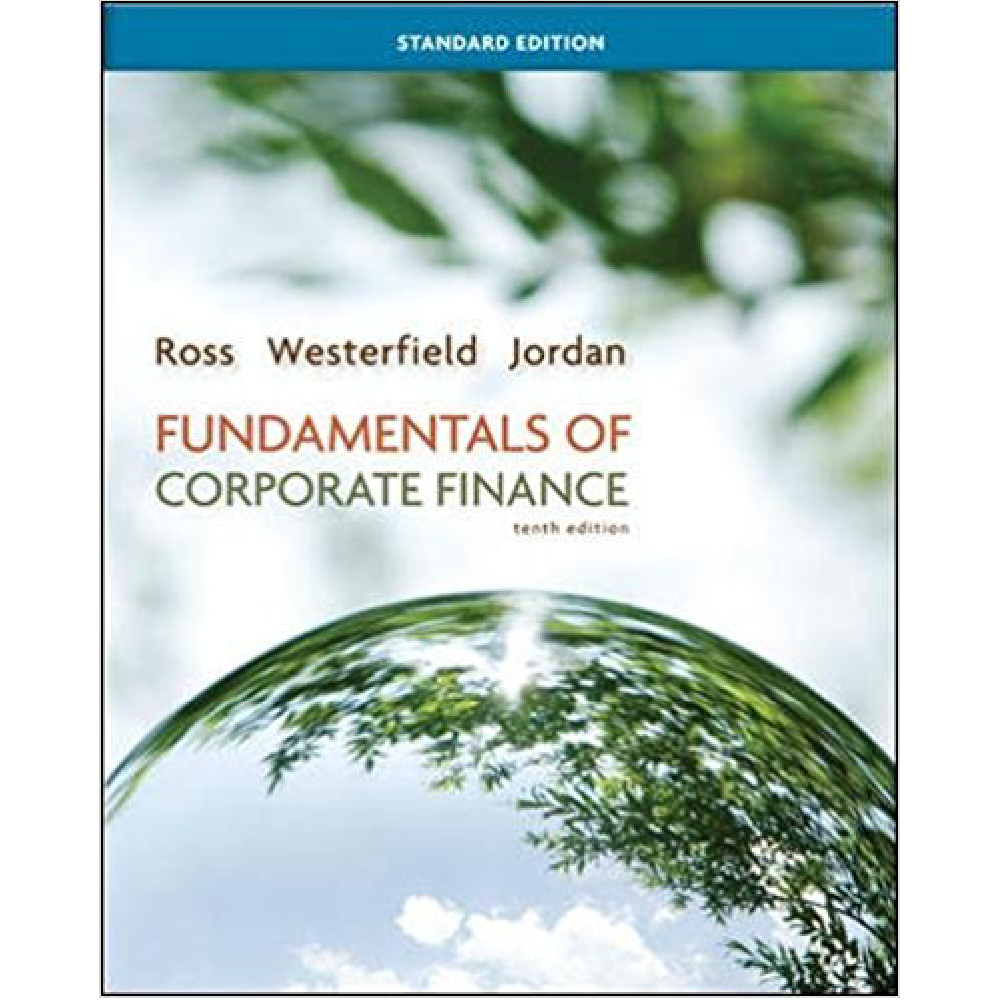



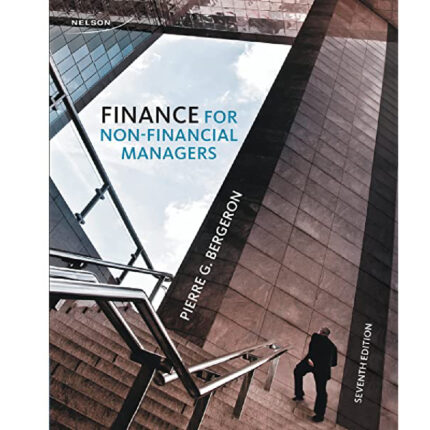
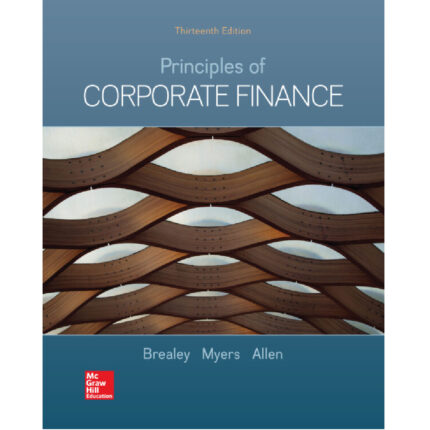


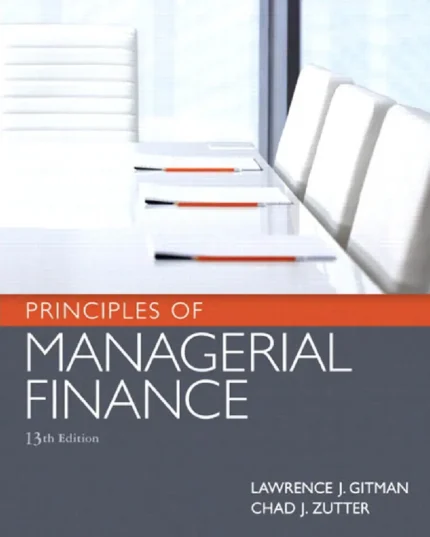
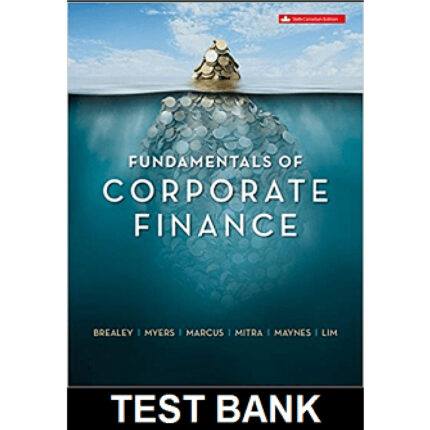

Reviews
There are no reviews yet.